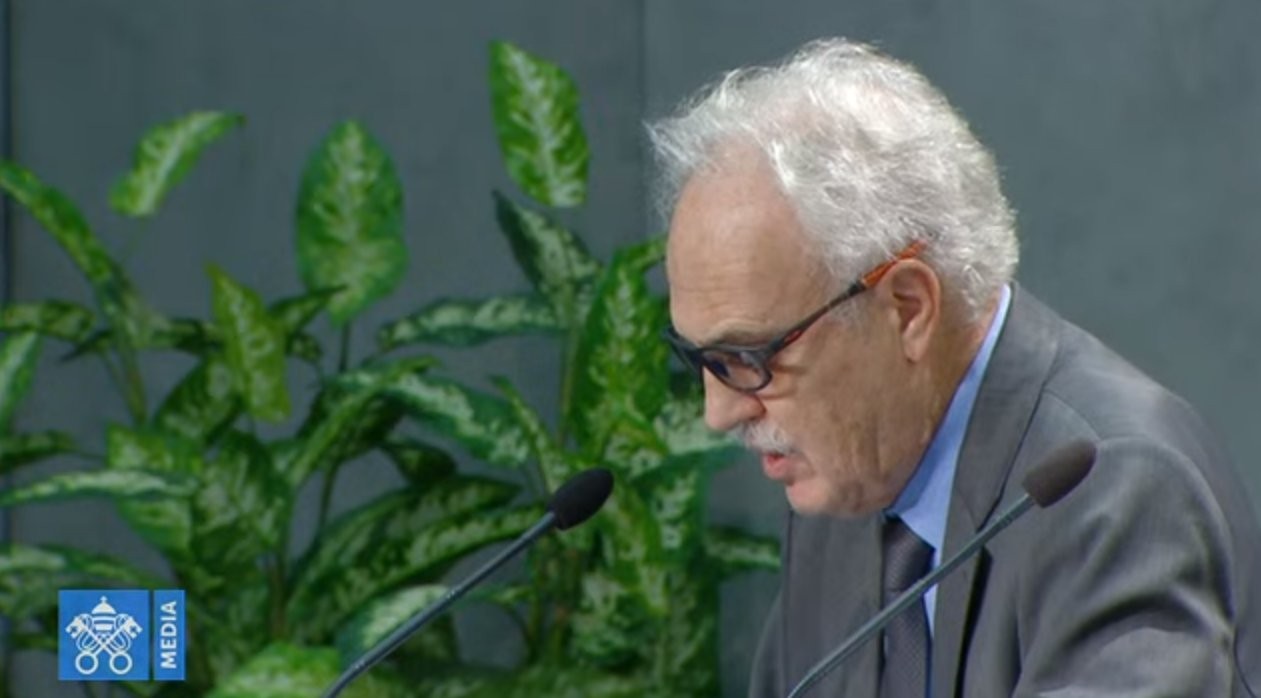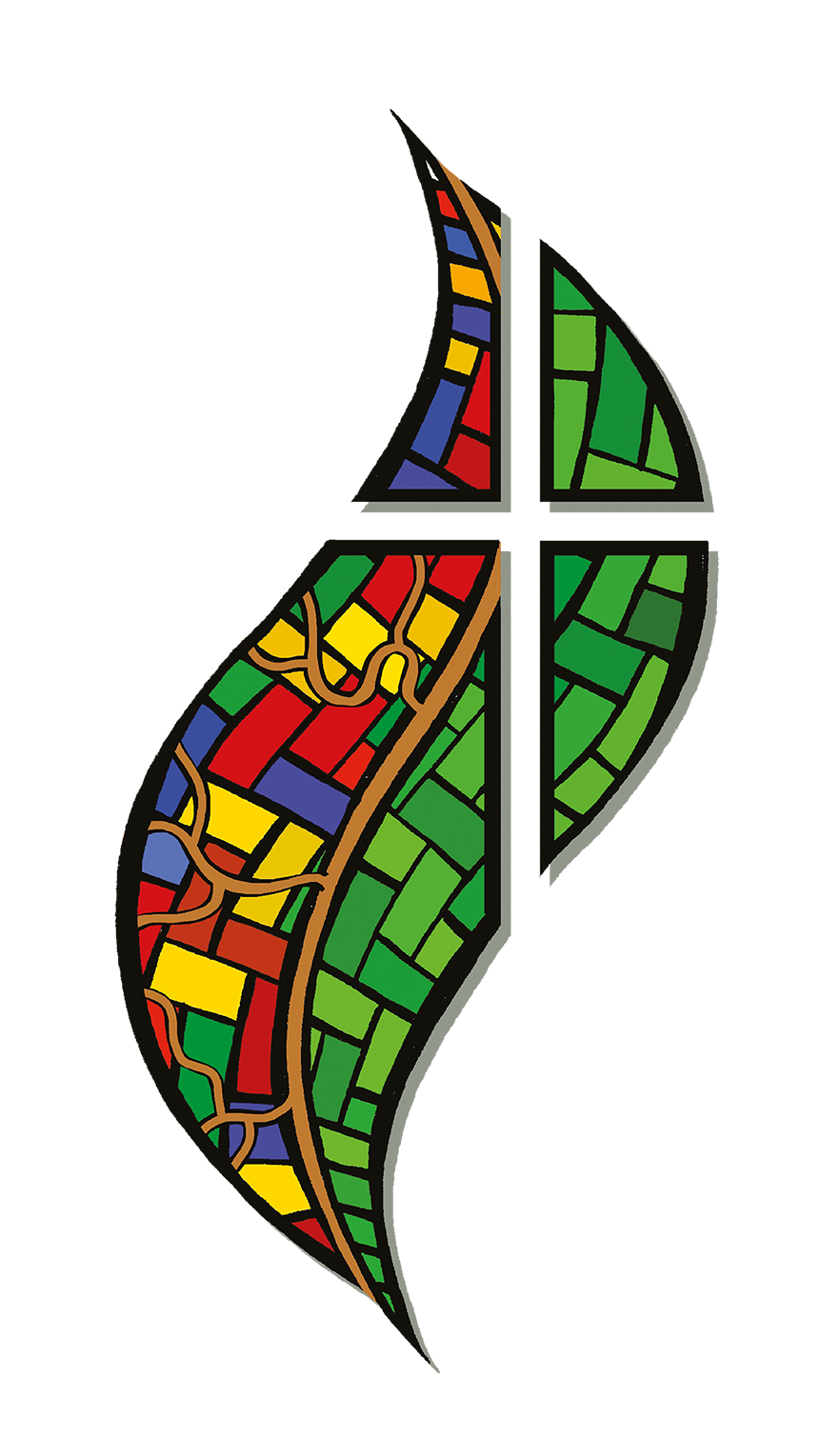Intervention by Prof. Carlos Nobre at the presentation of "Querida Amazonía"

Intervento del Prof. Carlos Nobre
1. Introduction
As a scientist who has been working on ecological matters for more than 35 years, especially on the ecological challenges of the Amazonian region, I welcome Pope Francis’ Exhortation Querida Amazonia (QAm). It is clear that both the Exhortation and the Final Document of the Synod, to which the Exhortation refers (cf. QAm, 2, 3), are inspired by the encyclical Laudato Si: on the care for our common home (2015). Some bishops, such as Cardinal Pedro Barreto, from Peru, have called the Synod the son of Laudato Si’. The Apostolic Exhortation could well be the daughter of Laudato Si’.
2. Scientific coherence & endorsement
The encyclical and its children are ethical and spiritual messages informed by science, but not by any science. They are all compatible with the best scientific research available today. In the name of the scientific community, I would like to fully endorsed the socio-ecological propositions of the “Querida Amazonia” and of its sibling, the final document of the Amazon Synod: Amazonia: New Pathways for the Church and for Integral Ecology.
3. Comments on scientific related points
Let me briefly comment on some points of the Exhortation related to my scientific expertise.
Sustainable Agriculture
Pope Francis exhorts us all to seek sustainable agricultural production, because the current agrobusinesses in the region are unsustainable (cf. QAm, 17). He also exhorts us to look for non-polluting energies, because fossil-fuel based energies are polluting Amazonia -and the entire planet (ibid). The Pope also wants us to provide decent jobs that do not compromise the dignity of the workers, nor the cultural life and ecosystems (ibid). Francis urges us to build up a model of development in the Amazon -and in the world- in which no one is left behind (Ibid), and in which nature is preserved.
Indigenous participation & wisdom
This, of course, requires the participation of indigenous communities (cf. QAm, 26), who are the best custodians of the forests, and who can teach us how to work with, care for, and love Amazonia (cf. QAm, 55). For example, for thousands of years, indigenous people have been practicing a sustainable mosaic-type of agriculture which preserves biodiversity, caring for species currently under threat -such as the açaí berry, and that enables the restoration of the forest by, for example, the rotation of small croplands in deforested areas.
Integrating ancient indigenous wisdom with new technologies
One can argue that ancient indigenous wisdom is not enough to cultivate the richness of Amazonia without uprooting or weakening it (cf. QAm, 28). For this reason, I agree with Pope Francis when he explains that in order to care for Amazonia, we need to combine ancient indigenous wisdom with new technologies (cf QAm, 51). In fact, as the Synodal Bishops wrote in the Final Document of the Synod, the combination of advanced science and technologies with traditional local knowledge can generate an innovative bioeconomy of standing forests and flowing rivers (cf Doc Final, 11) that can replace the current deforestation-driven model of production. This would be “integral ecology” in action that can foster “the full development of humanity” (LS, 62).
For many decades, the debate about Amazonia has been split between two opposing views: one of pure conservation, to the point of ignoring the needs of local communities; the other of resource intensive development, based on the extraction of minerals, oil & gas, deforestation, hydropower, and agricultural commodities. Ironically, all this exploitation is done to feed markets outside -and far away from- Amazonia. This prevailing extractive model has had calamitous results, wreaking havoc on Amazonia and its peoples. In order to move forward and reverse the extractive-destructive model, we urgently need to embrace a third way, one that can cultivate the Amazon without destroying it, one that can work with their population without colonising them (cf. QAm, 28), one that can integrate ancient indigenous cultures with new technologies.
4. Conclusion
To conclude, as a scientist, I am aware that the Amazon rainforest is like the “biological heart” of the Earth. As we humans cannot live without a heart, the planet (at least the planet that we know), cannot live without Amazonia. But Amazonia is struggling, crying out, to the point that we are close to reaching some tipping points and to mutating from being the largest rainforest of the world, to a savanna. This will have terrible consequences for the Amazonian territory, its people, and for the rest of the world.
To prevent that from happening, and to respond to the cry of the Amazon and to keep the Earth’s heart in good health, we need to immediately abandon the current model that destroys the forest, pollutes its river, and does not bring well-being to the people.
I am convinced that this important appeal of Pope Francis will encourage the entire Catholic Church to play its important prophetic role in the Amazon and beyond. The scientific community looks forward to seeing Pope Francis’ social, cultural, pastoral and ecological dreams come true. With the original people being the protagonists of the new pathways, with the richness of the cultural and biological diversity of the region, and Catholics being mobilised to promote inclusiveness and sustainability, then new models of production that care for Amazonia can take place, and Pope Francis’ dreams will become a reality. Thank you Pope Francis for this inspiring Exhortation.




